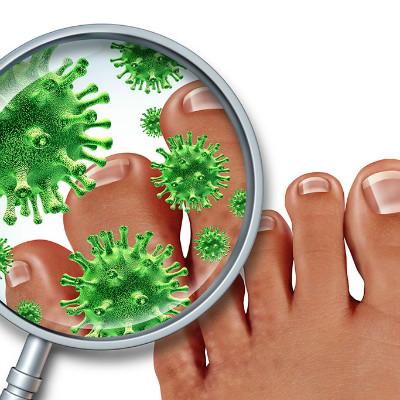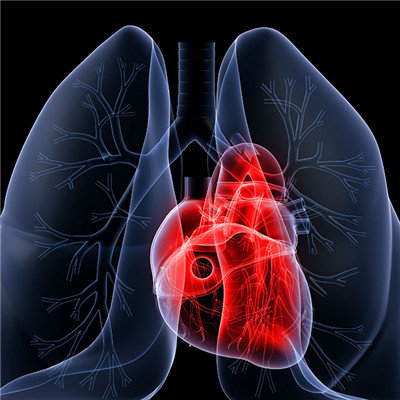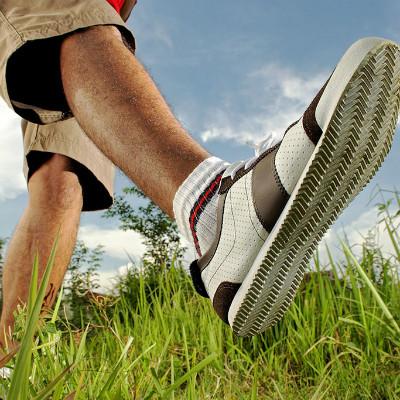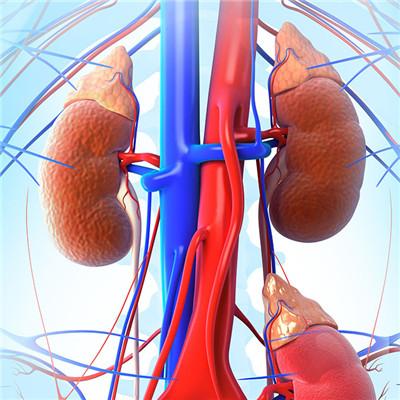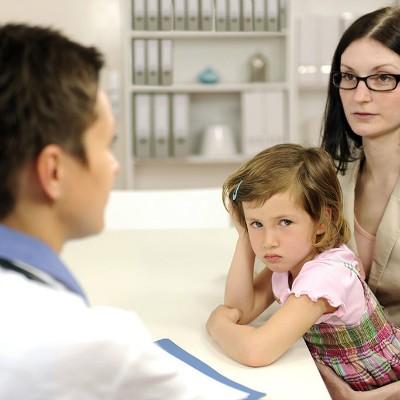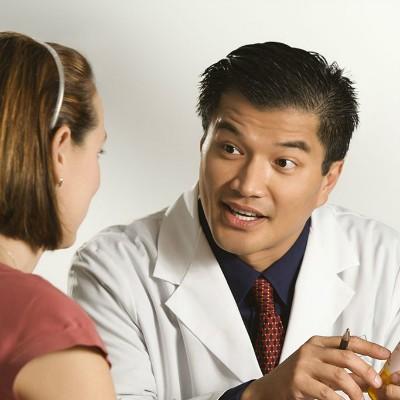Symptoms of Parkinson's disease?
summary
Most of Parkinson's disease is non hereditary, only one tenth of which is familial Parkinson's disease, and the latter is divided into two kinds: small families with only 2-3 family members and very few large families. The clinical manifestations of familial Parkinson's disease are different from sporadic Parkinson's disease. Symptoms of Parkinson's disease? Let's talk about it
Symptoms of Parkinson's disease?
The onset is insidious and the development is slow. The main symptoms are static tremor, increased muscle tension and slow movement. The symptoms vary from person to person. The first symptom was tremor (60% - 70%), followed by walking disorder (12%), myotonia (10%) and bradykinesia (10%).

It usually started from one side of the upper limb, and gradually spread to the ipsilateral lower limb, contralateral upper limb and lower limb, showing n-shaped progress (65% - 70%); 25% ~ 30% of the cases can start from one side of the lower limb, and it is rare for both sides of the lower limb to start at the same time.
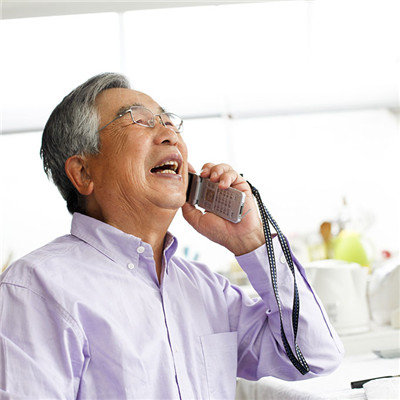
It is caused by the increase of balance tension of active and antagonistic muscles. If it always exists in passive motion, it is called lead tube rigidity or tension. If it is accompanied by tremor, it can feel gear like feeling in passive motion, it is called gear like rigidity or tension. Myotonia first occurs in the wrist and ankle of the affected side, especially after the patient is tired. When the patient moves the wrist and ankle slowly, he can feel the increase of gear like muscle tension.
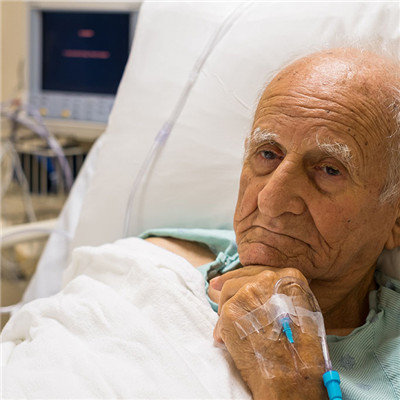
matters needing attention
Choose zipper clothes that are easy to put on and take off, clothes that are open at the front and don't need to be put on, and try to wear shoes that don't need to tie shoelaces; Patients with Parkinson's disease should carry out appropriate pronunciation exercises to improve the tone, volume and clarity of speech. Repeat practice, read newspapers, novels, etc. aloud, or communicate with others, so as to maintain the speech function through long-term effective communication and conversation;



